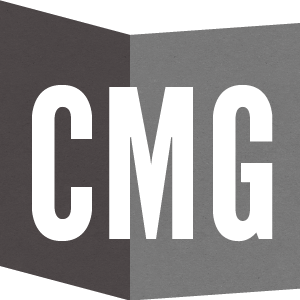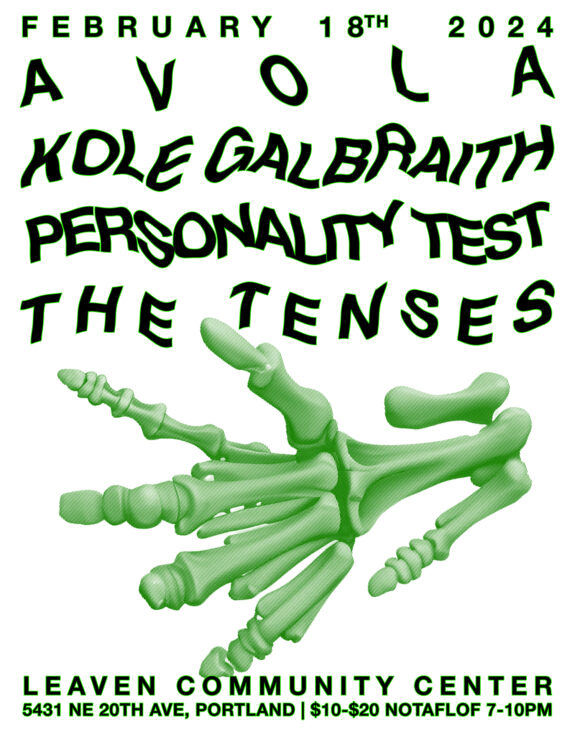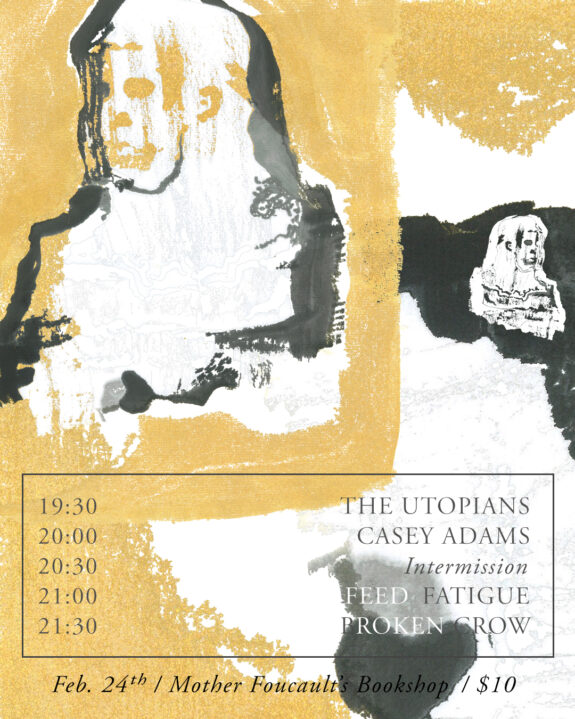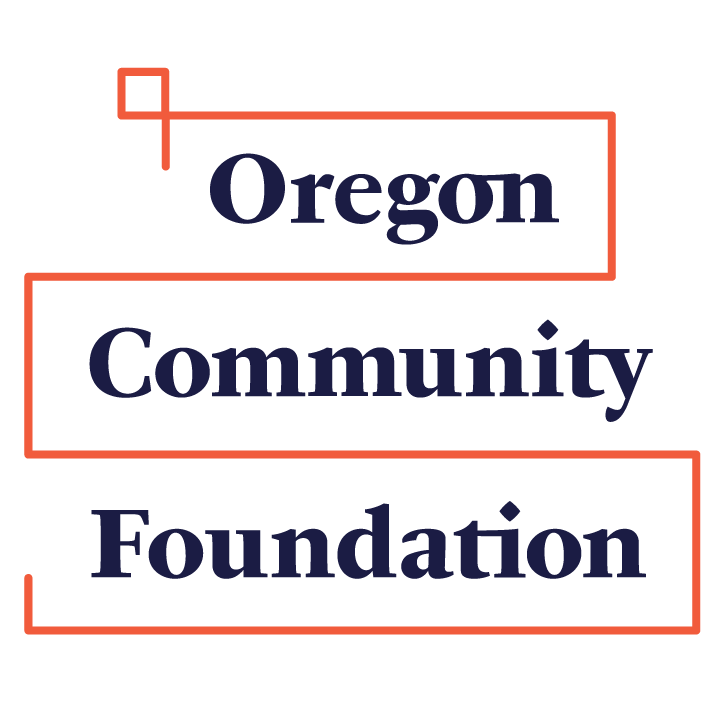Bepo and Donny stuck in a loop is an exploration of space and dynamic using loops and samples as methods for combining lecture and interviews with songs and sounds that inspire a higher vision of existence.
Skies is a vocalist and keyboard player who conjures his music from improvised, ambient explorations and delivers captivating performances using electronic and acoustic instruments. Having recently completed three new album recordings, he will be showcasing some of his latest music for new audiences ahead of this year’s releases.
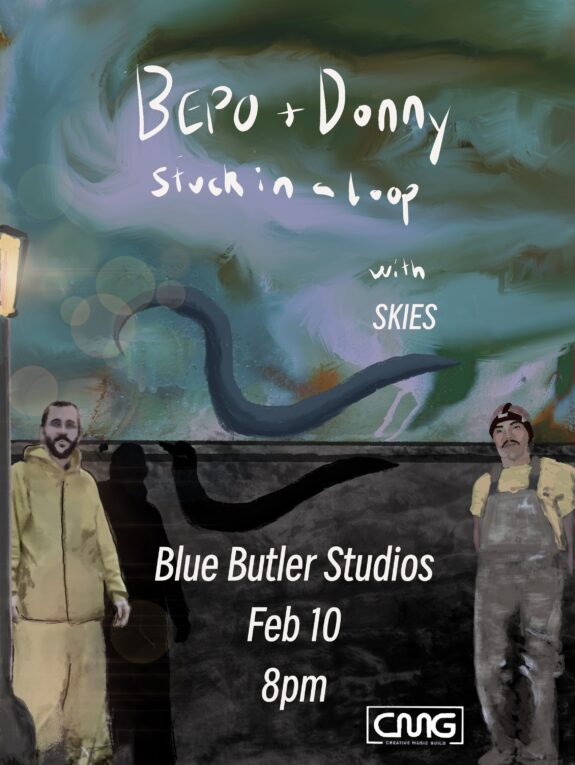
Community Conversations on Art and Justice for Incarcerated People
This community panel gathered by Caroline Davis and Adam Carpinelli features local, national and international musicians, artists, cultural workers, community organizers and organizations using the arts to support currently and formerly incarcerated persons.
Panel features:
Caroline Davis- Musician, sound artist, activist, educator
Trish Jordan- Executive Director, Red Lodge Transition Services
Mic Crenshaw- Afrikan Hiphop Caravan, Keys, Beats, Bars, It Did Happen Here
Paulette D’auteuil- Leonard Peltier Official Ad Hoc Committee, The Jericho Movement
Josh Cook- Phoenix Rising Transitions
Carla Grant- Executive Director, Open Hearts Open Minds
Nate Query- Outta Sight Outta Mind, The Decemberists
Co-sponsored by Red Lodge Transition Services, Open Hearts Open Minds, Outta Sight Outta Mind, Phoenix Rising Transitions, Leonard Peltier Official Ad Hoc Committee, Creative Music Guild, Propulsion Network, The Jericho Movement, Oregon Jericho, Prison Pipeline Collective, Education Without Borders, Global Fam, It Did Happen Here, AC Music Productions, Northwest Alliance for Alternative Media and Education
all ages, disability affirmative
An evening of Improvisation performed by ten local musicians.
John Walsh
Anic U.
Sam Klickner
Kadi Rae
Sal A.F.
Seth Wright
Alec Y.
Myles Morris
Adrian Snyder
Andy Brack
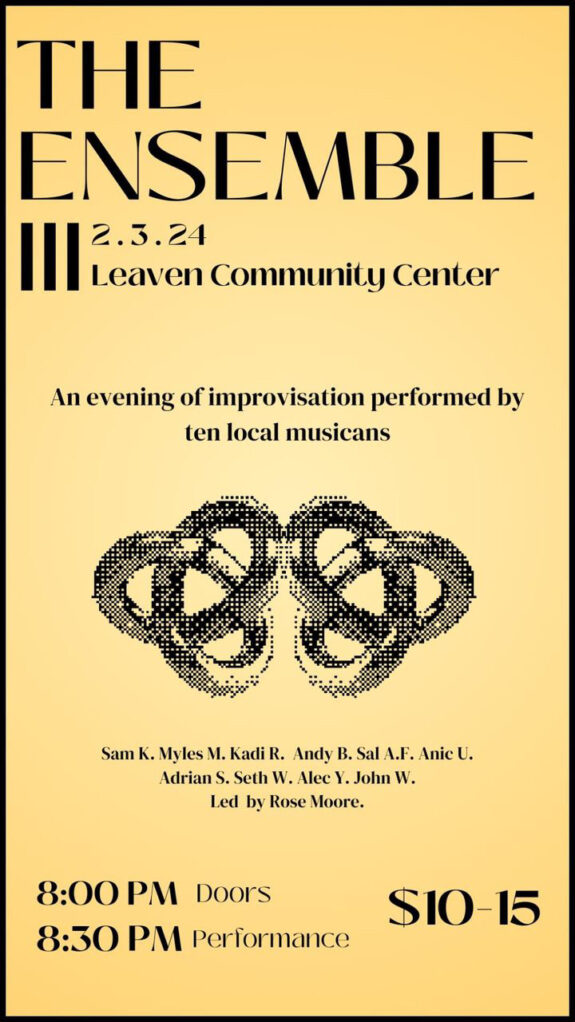
Welded from the fruits of their own labors, TWANS set out to dispel current myths, question ideologies and sardonically allude to artistic nuances one would commonly dismiss. Between the three entities that are Mike Lockwood (drums), Andrew Jones (bass), and Mike Gamble (gtr) there exists an unyielding desire to connect in another dimension and utilize that interplay to heighten the worth of their songs.
https://twansmusic.bandcamp.com/
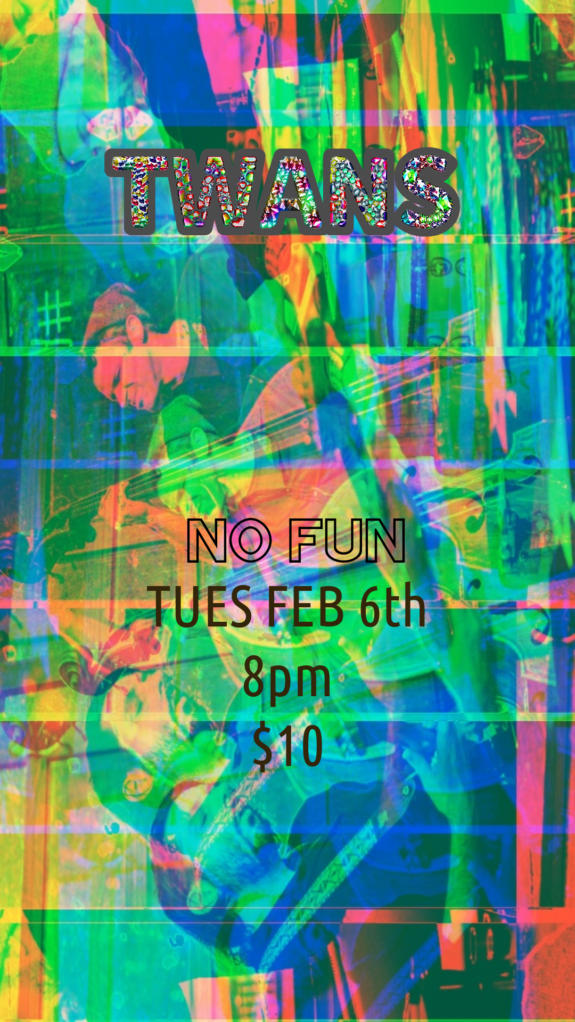
2400 SE Holgate Blvd, Portland, OR 97202
2400 SE Holgate Blvd, Portland, OR 97202
2400 SE Holgate Blvd, Portland, OR 97202
2400 SE Holgate Blvd, Portland, OR 97202
